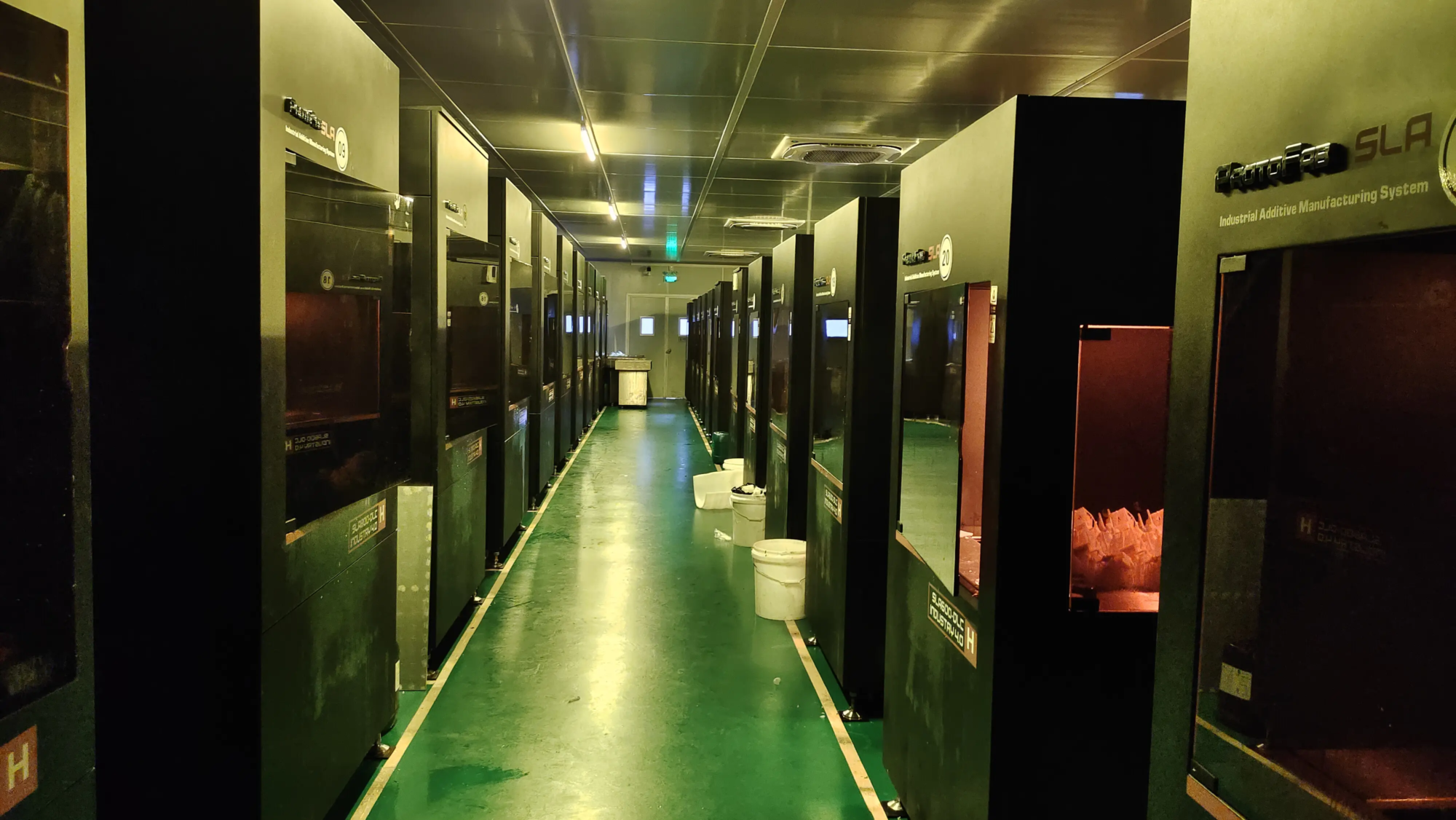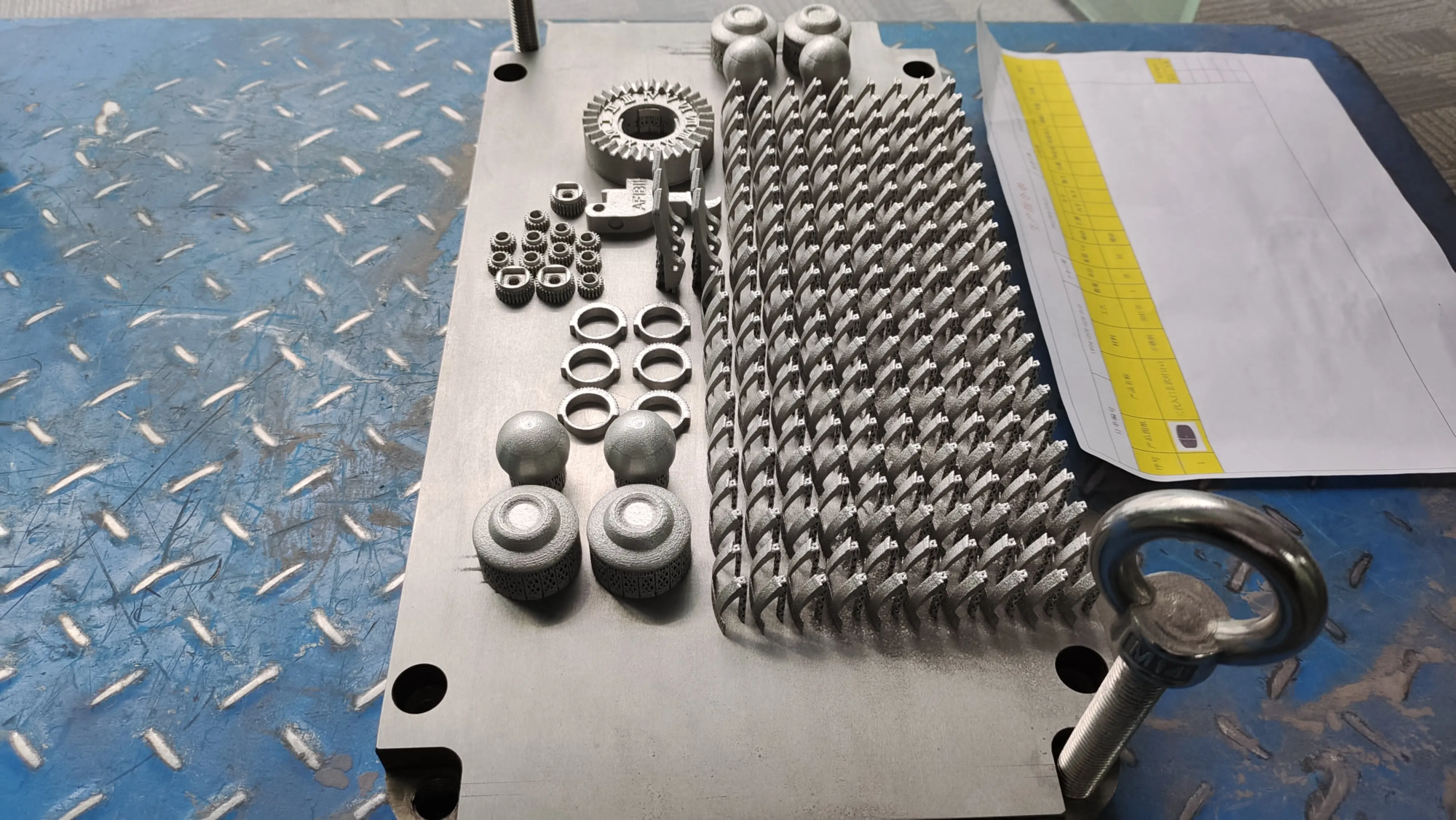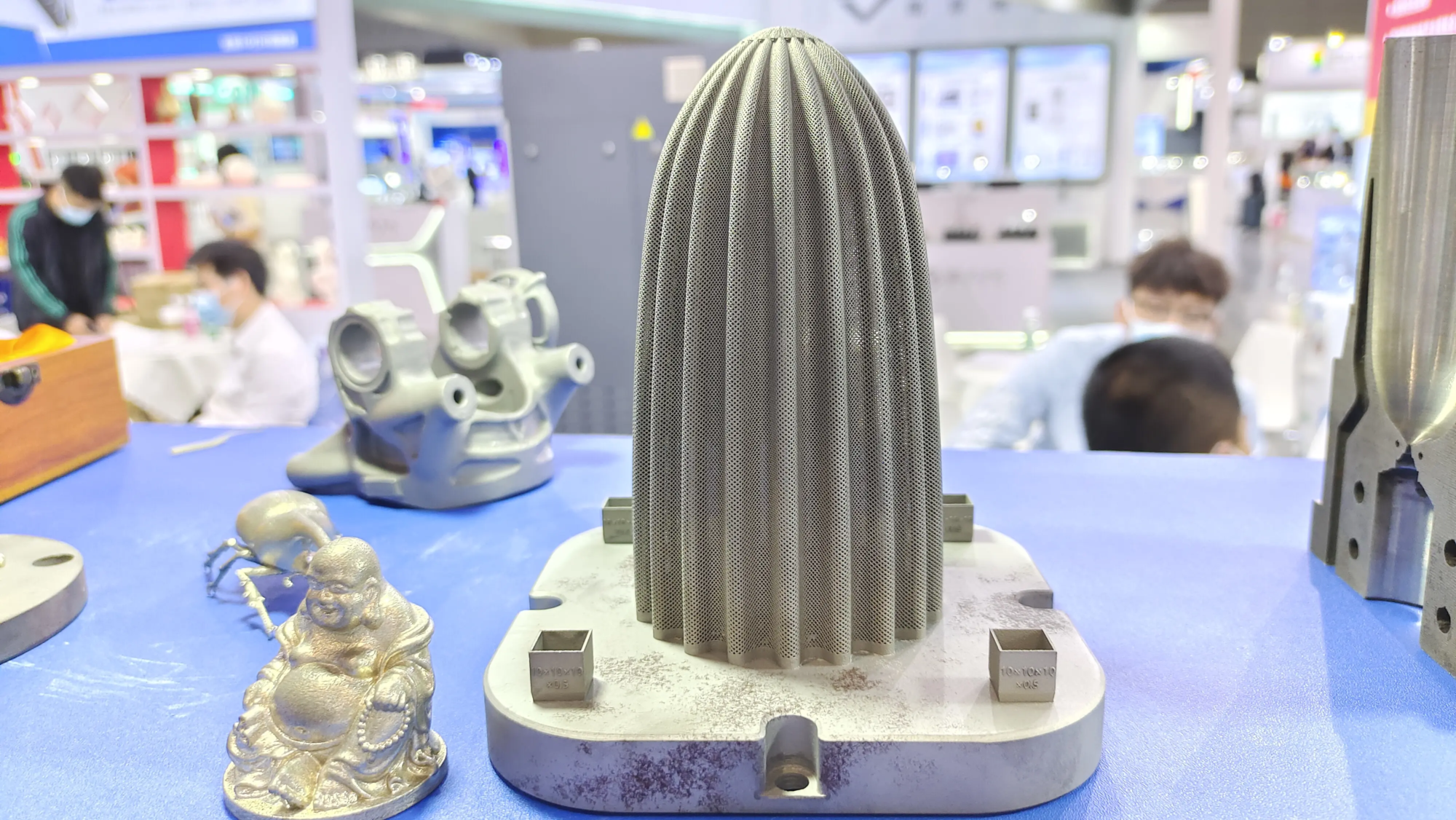With the continuous development of the 3D printing industry, professionals and hobbyists are looking to optimize their printing experience, especially with materials such as JS UV resin. This article delves into the complexity of JS UV resin 3D printing and provides comprehensive tips to enhance your printing results. Whether you are a beginner or an advanced user, understanding the nuances of using JS UV resin can significantly improve the quality and durability of your prints.
Select the right printer
The first step in successful JS UV resin 3D printing is to select the appropriate printer. Not all 3D printers are compatible with UV resin, so choosing a model designed specifically for this type of print is crucial. These printers typically use UV light to cure resin layer by layer to form solid objects. Find printers with high resolution capabilities and a stable printing platform to minimize vibration and ensure precise layering.
Preprint preparation
Before you start printing, preparation is key. Make sure your workspace is clean and dust-free to prevent contaminants from affecting print quality. Prepare the resin according to the manufacturer’s instructions and ensure it is treated in well-ventilated areas due to its toxicity. Always wear protective gear, including gloves and safety glasses.
Calibration and Setup
Proper printer calibration is essential for high-quality prints using JS UV resin. This includes flattening the build plate, adjusting UV intensity, and setting the correct layer thickness and exposure time. The ideal setup may vary depending on the specific resin you use and the design of the object you are printing. It is often beneficial to start with the manufacturer’s recommended settings and adjust according to the results of the test print.
Post-processing technology
Once the printing process is completed, post-processing is required to achieve the desired effect and durability. This usually involves cleaning the printed object with a solvent to remove unauthorized resin, and then fixing it under ultraviolet light to completely harden the surface. Grinding and lacquer can also be used to enhance the appearance and add color to the print.
Tips for specific effects
For those who wish to achieve a specific effect, such as transparency, color or textured surfaces, a variety of techniques and materials can be used. Mixing with pigments or dyes can produce bright colors, while using different types of resins can achieve different levels of transparency. Experimental layer settings and resin properties can help create unique textures and effects.
Solve FAQs
Despite the best preparation, problems still arise during the printing process. Common problems include printing failures due to insufficient adhesion to the build board, uneven curing or too runny nose or too thick resin. Keeping troubleshooting guides can help quickly identify and resolve these issues, minimizing downtime and material waste.
in conclusion
JS UV resin 3D printing provides a creative possibility, from complex prototypes to functional parts with precise details. By understanding the basics of the printing process, thoroughly preparing and trying different setups and techniques, users can unlock the full potential of JS UV resin. Whether for professional applications or personal projects, mastering the art of JS UV resin 3D printing leads to outstanding results that exceed expectations.
FAQ
What safety precautions should I take when working with JS UV resin?
- Always wear protective gear, including gloves and safety glasses. Work in well-ventilated areas to avoid contact with resin.
How to get the best printing quality with JS UV resin?
- Using high-quality resin and optimizing print settings based on the design of the object and the required finish can help achieve the best print quality.
Can JS UV resin prints be used outdoors?
- While JS UV resin prints are durable, they may not be suitable for long-term outdoor exposure without additional protection. Consider using an UV-resistant coating to prevent sunlight degradation.
How to clean and maintain a 3D printer for JS UV resin printing?
- Regularly clean the printer components, especially the build boards and resin buckets. Follow the manufacturer’s instructions to ensure optimal performance.
- What are the common applications of JS UV resin 3D printing?
- JS UV resin 3D printing is often used to create detailed models, prototypes, jewelry, microscopes, and other small and complex objects that require high resolution and accuracy.





